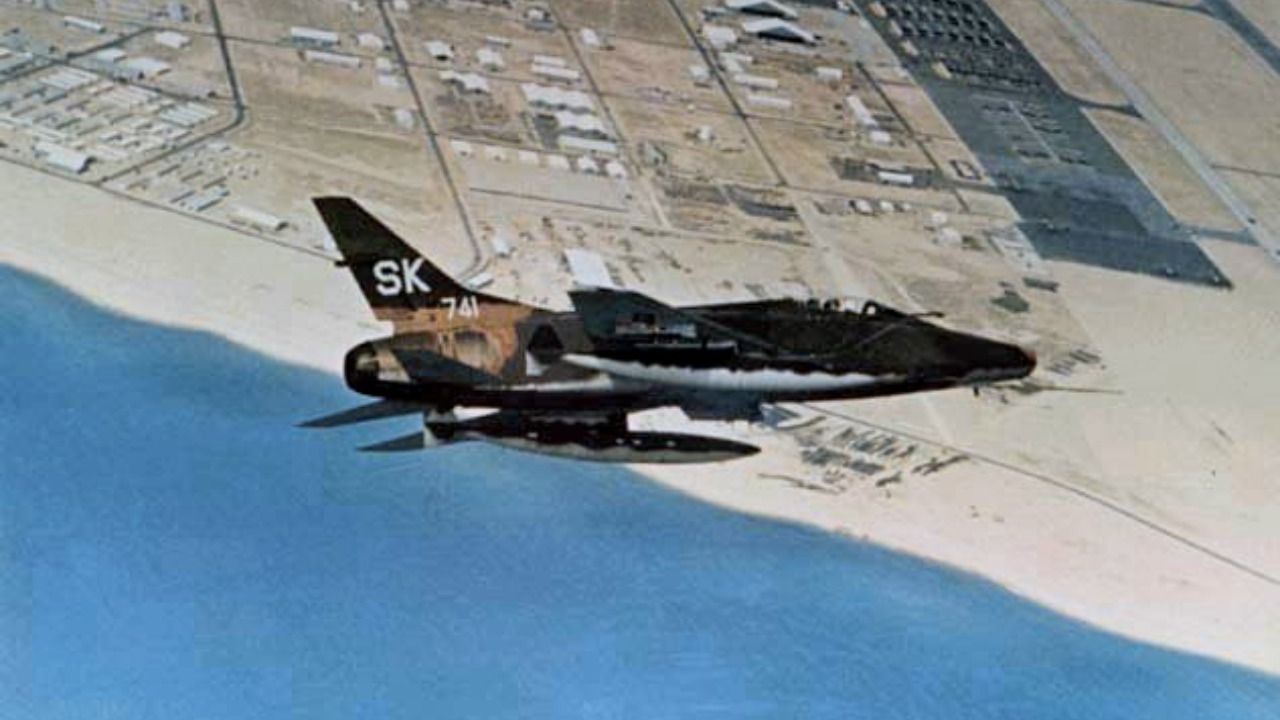
The F-100 Super Sabre, introduced in the 1950s, emerged as a groundbreaking aircraft that pushed the boundaries of speed and aviation technology. It was the first U.S. Air Force jet capable of achieving supersonic speeds in level flight. Despite its impressive capabilities, the F-100 earned a reputation for being one of the most dangerous planes for pilots, with a high accident rate that plagued its operational history.
The Birth of a Supersonic Marvel
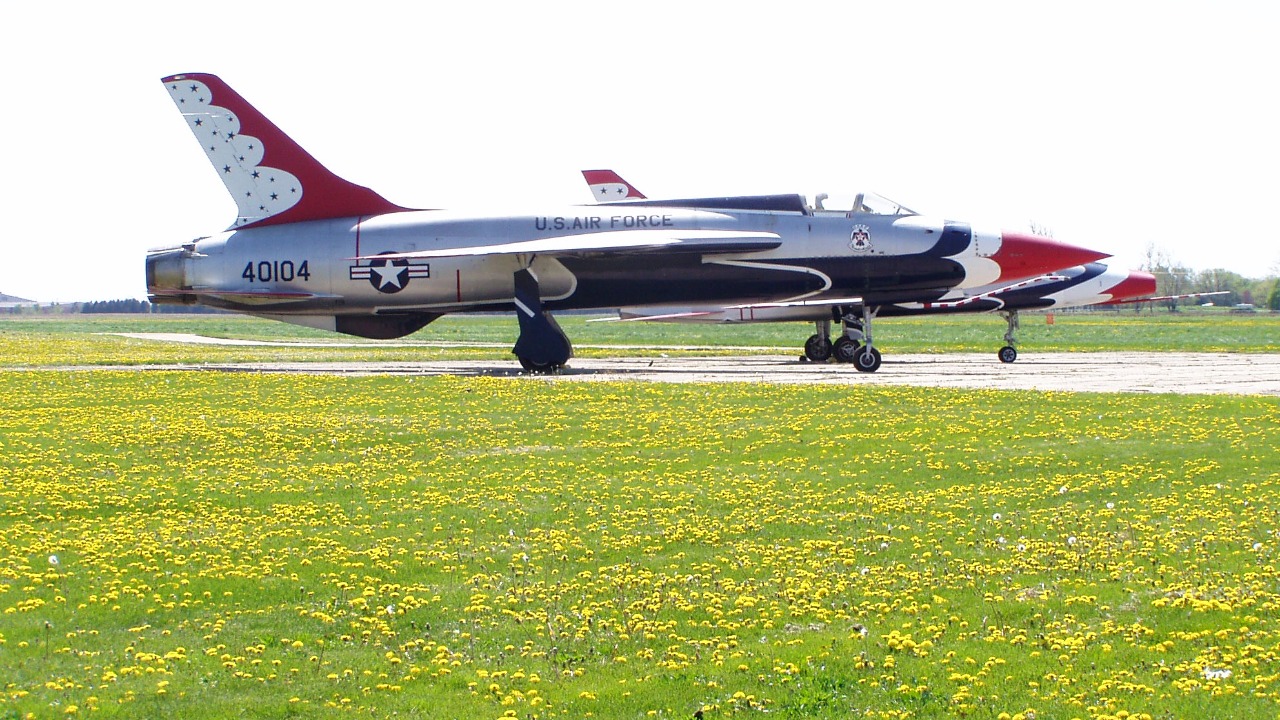
The development of the F-100 Super Sabre can be traced back to North American Aviation’s efforts to create a jet that would surpass existing fighter capabilities. As the first U.S. Air Force jet to achieve supersonic speeds in level flight, the F-100 was designed with a sleek, swept-wing configuration that reduced drag and allowed for greater speed. This design was a significant departure from the straight-wing jets of the time and set a new standard for future fighters.
The F-100’s technological advancements included a powerful Pratt & Whitney J57 engine, which provided the thrust needed to break the sound barrier. Its sophisticated avionics and radar systems enabled it to perform a wide range of missions, making it a versatile tool in the U.S. Air Force’s arsenal. During the Cold War, the F-100 played a crucial role in maintaining air superiority, as it was capable of rapid deployment and engagement, qualities essential for strategic military operations during this tense period.
The Perils of Piloting the Super Sabre
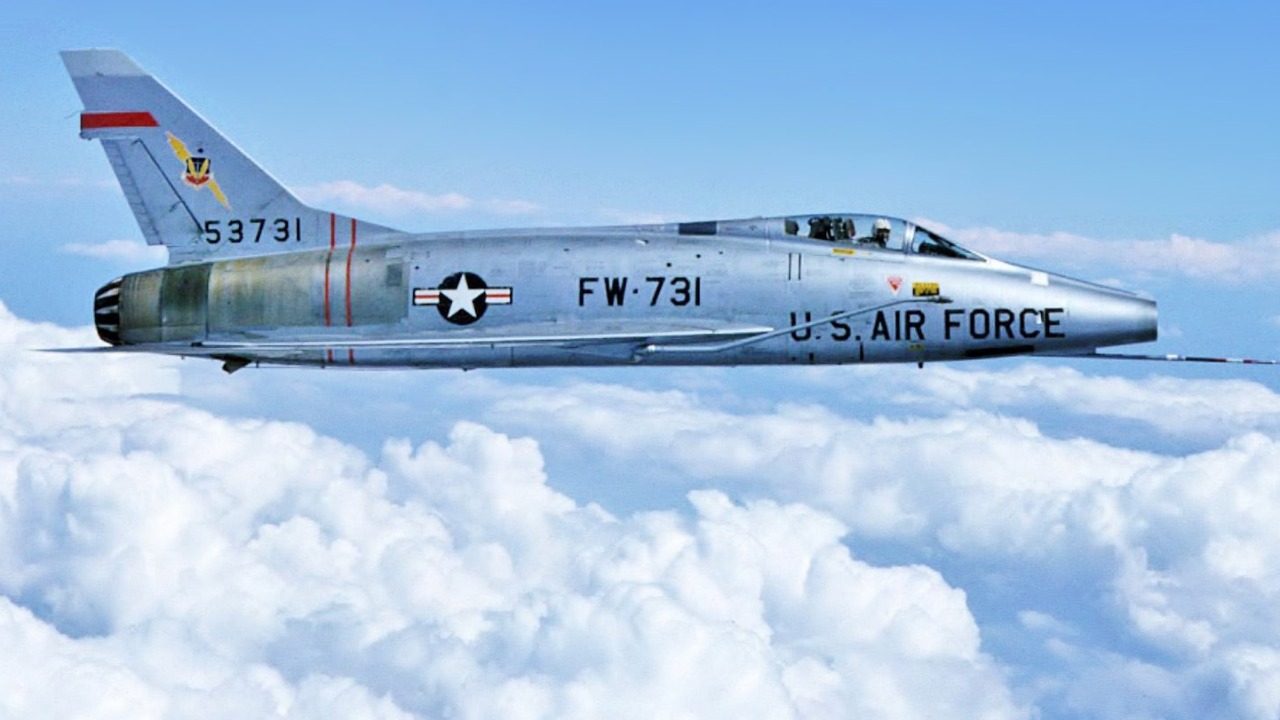
Despite its advanced design, the F-100 Super Sabre was notorious for its high accident rate, which was alarmingly higher than its contemporaries. Statistics reveal that nearly 500 F-100s were lost in accidents during its service life, a testament to the inherent risks associated with flying this aircraft. Several factors contributed to its reputation as one of the most accident-prone aircraft in the U.S. Air Force’s history.
The F-100’s design had several flaws that posed challenges for pilots. Its swept-wing design, while advantageous for speed, could lead to control issues, particularly during takeoff and landing. The aircraft was prone to “Sabre dance,” a phenomenon where it could become uncontrollable at low speeds. Additionally, the F-100 had a high landing speed compared to other fighters, requiring pilots to have exceptional skill and precision. Personal accounts from pilots often highlight the unpredictability of the aircraft, with many describing harrowing experiences during training and combat missions.
Operational Legacy and Impact
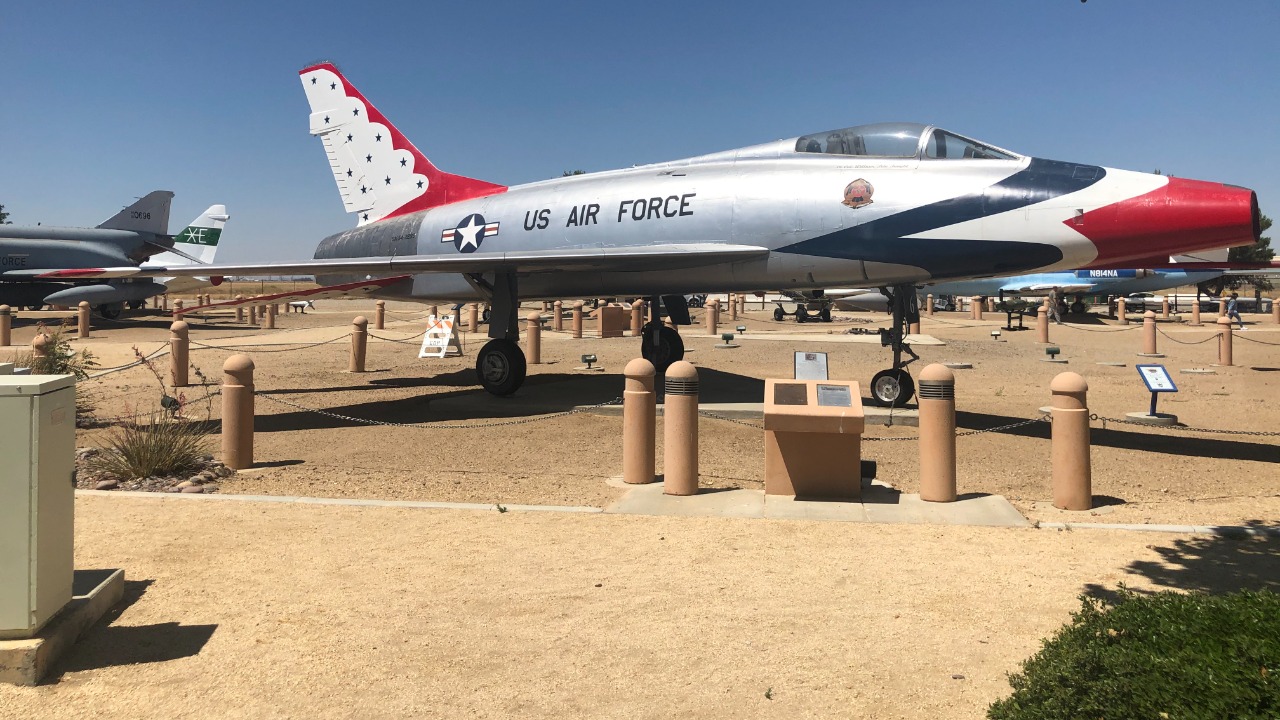
The F-100 Super Sabre saw extensive deployment in various conflicts, most notably during the Vietnam War. It was used for ground attack missions, close air support, and as a fighter-bomber. Despite its challenges, the F-100 proved effective in combat situations, providing valuable support to ground forces. Its ability to carry a diverse array of munitions made it a versatile asset in the U.S. Air Force’s offensive capabilities.
The lessons learned from the F-100’s design and performance significantly influenced the development of future jet fighters. Engineers and designers took note of its strengths and weaknesses, leading to improvements in aircraft control systems and pilot safety measures. The F-100 paved the way for the next generation of supersonic jets, such as the F-4 Phantom and the F-15 Eagle, which benefited from the insights gained during its operational history. Eventually, the F-100 was phased out and replaced by these more advanced and safer aircraft, marking the end of an era for the Super Sabre.
Continued Fascination and Remembrance
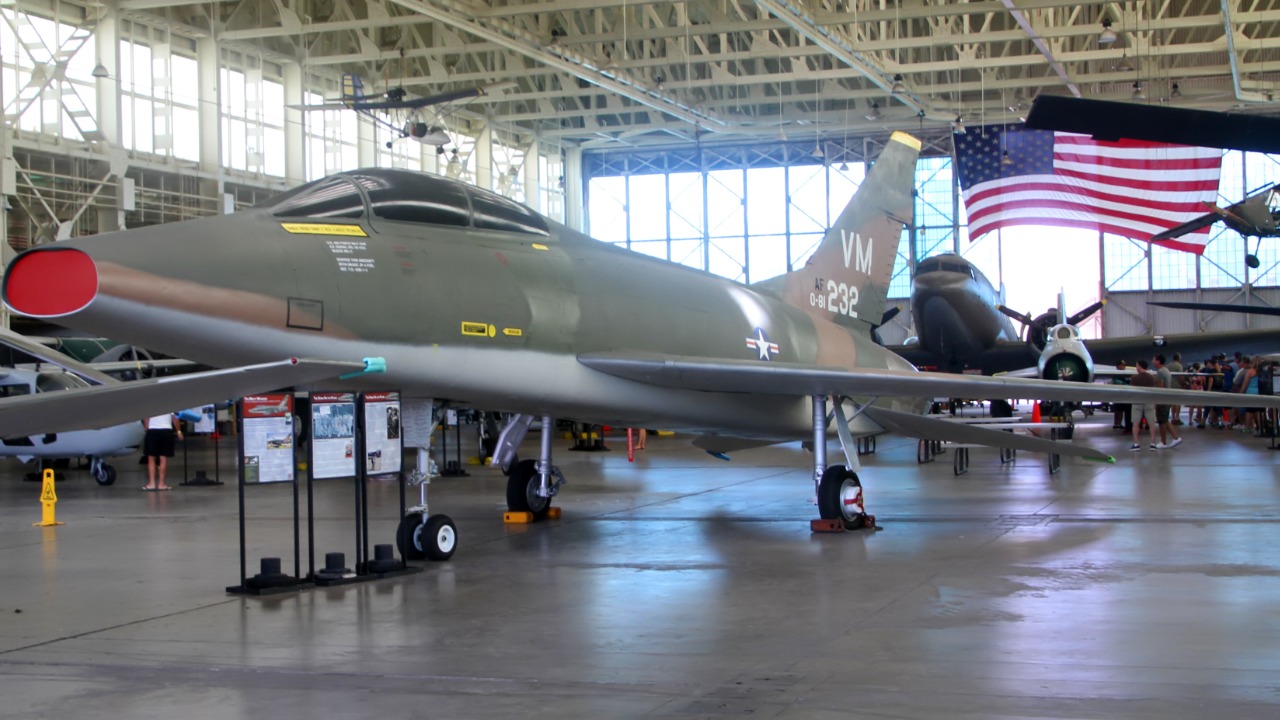
The F-100 Super Sabre holds a significant place in aviation history, remembered for both its technological achievements and the perilous challenges it presented. Its legacy continues to captivate aviation enthusiasts and historians alike. Efforts to preserve and restore the remaining F-100s are ongoing, with museums and private collectors working diligently to maintain these historic aircraft for future generations to appreciate.
The cultural impact of the F-100 is also notable, as it has been portrayed in various media and popular culture, further cementing its mystique and notoriety. Documentaries, books, and films have explored its dual nature as a symbol of American ingenuity and a cautionary tale of the risks of rapid technological advancement. The F-100’s story serves as a reminder of the delicate balance between innovation and safety in the pursuit of progress.
The Dual Legacy of Speed and Danger
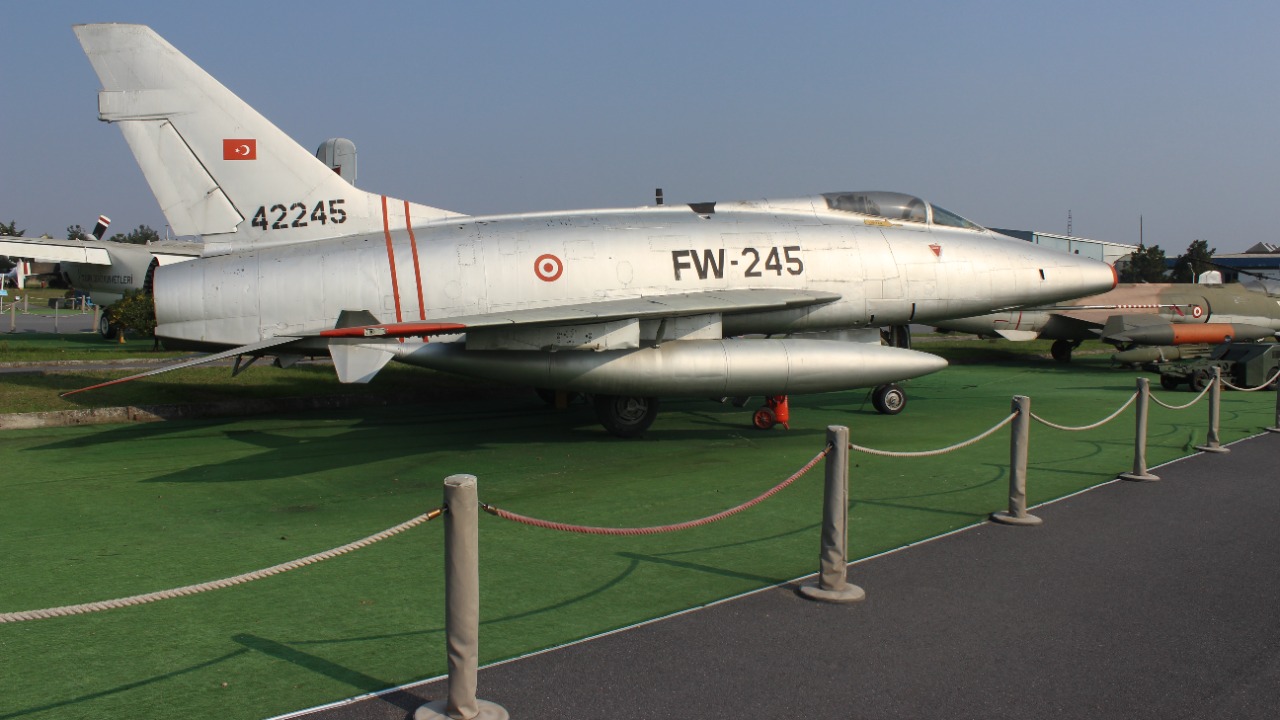
The story of the F-100 Super Sabre underscores the broader implications for the aviation industry, particularly the ongoing quest to balance technological innovation with pilot safety. While the aircraft was a marvel of engineering, its history serves as a lesson in the importance of addressing safety concerns alongside performance enhancements. Modern aviation continues to be influenced by the challenges and triumphs of the F-100 era, informing current aircraft design and pilot training programs.
As we reflect on the F-100’s legacy, it becomes clear that while speed and technological advancement are crucial, they must not come at the expense of safety. The lessons learned from the F-100 continue to resonate within the aviation community, guiding efforts to create safer, more efficient aircraft while honoring the bravery and skill of the pilots who pushed the boundaries of flight. The F-100 Super Sabre remains a poignant example of the delicate balance between progress and caution in the ever-evolving world of aviation.